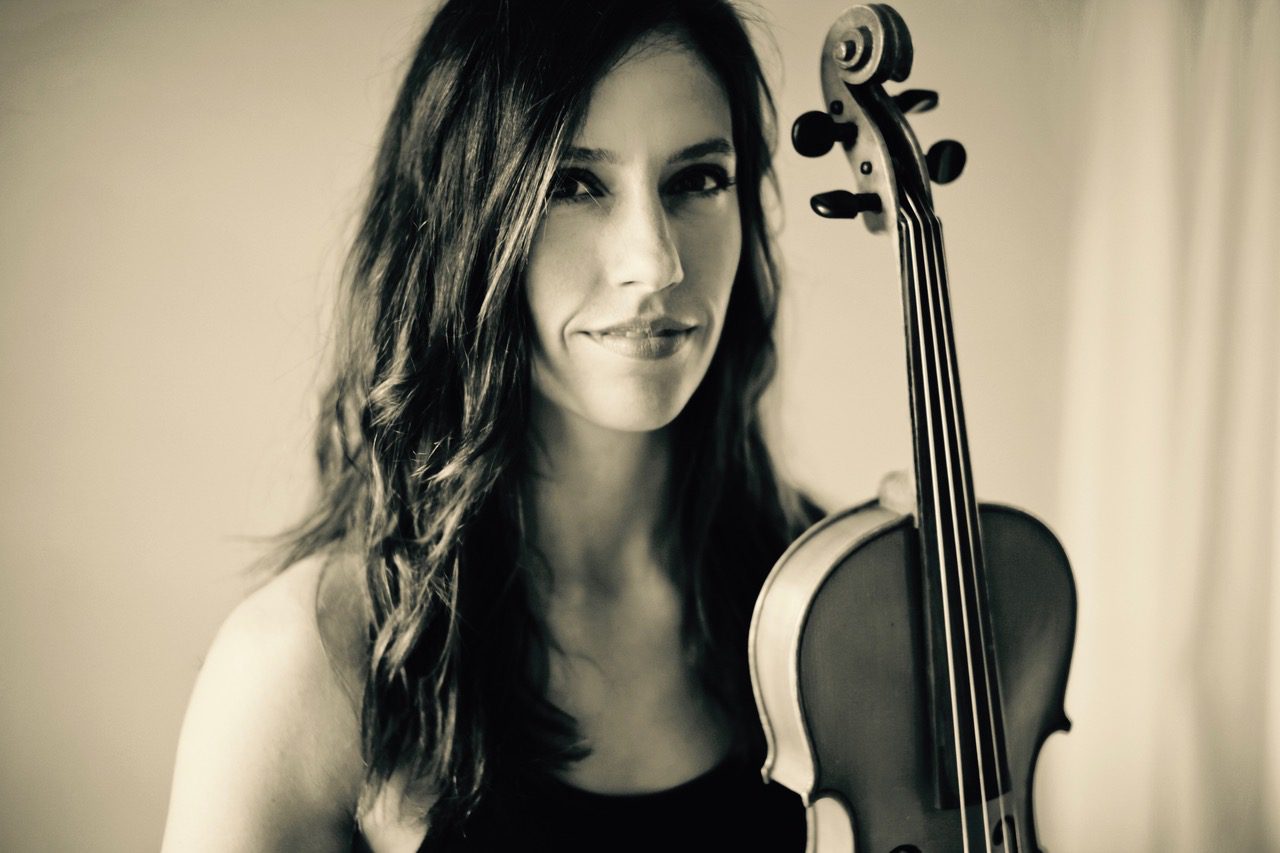Something New, Now and Then: Novel Noise with ALIAS
For classical music’s younger audience and artists, a distinctly pressing question can frequently come to mind. It is a simple one that seems like it wouldn’t be so frustrating when taken at surface value, but I would risk saying many musicians and enthusiasts my age have come across it more than a few times by this point in their engagement of classical music. The pest of a question: Where can I hear something new? Recital environments can have a predictably standard literature. Symphony Orchestras keep up a constant rotation of Beethoven, Bernstein, Mahler, and any other name out of the old guard; occasionally tossing in the score of a film or video game to help keep the lights on. Opera companies roll out any two Mozart favorites per season. None of this, of course, is necessarily a bad thing. Such masterpieces are beloved for a reason and it is hard to get truly bored of them. Still, there is a feeling in hearing something you have never come across before that is undeniably magical. On Tuesday night, June 4, 2019, in the intimacy of the sanctuary of a synagogue, the chamber ensemble ALIAS offered a stirring answer to such a problem.
As the conclusion to their 17th season, and the latest installment to their Novel Noise series, ALIAS played a program that was delightfully underpinned by a unique kind of freshness; the careful juxtaposition of old and new. Even well-loved standards in chamber music repertoire were colored by new and thoughtful interpretations. Pieces as aged as J.S. Bach’s St. Matthew Passion were programmed right alongside two world premieres, both featuring electronic instrumentation as their centerpieces.
The night opened with “Erbarme Dich” from the above-mentioned St. Matthew Passion, followed without much pause by John W. Work’s arrangement of “This Little

Light of Mine” by Harry Dixon Loes. Both were performed by countertenor Patrick Dailey and a string trio of violin (Zeneba Bowers), cello (Matt Walker), and theorbo (Francis Perry). The trio performed in baroque tuning and used baroque bows, which gave a very unique color to the more contemporary sound of Work’s “This Little Light”. Dailey’s soaring countertenor ebbed with the trio exquisitely and overflowed with expression. While sometimes not perfectly in control, the color and spin of Dailey’s singing landed with heartbreaking beauty. One can also appreciate the clever programming; where an aria on Peter’s denial of Jesus is followed by the evangelical poem of “This Little Light of Mine”.
“Lihim”, a cello quartet by Larissa Maestro kept the deeply expressive warmth of the night going with frequent pauses and unpredictable but satisfying harmonic turns until its conclusion; warm and resolute, but with no compromise in tension. It gave a nearly cyclical impression of joy and melancholy, delicately expressed in the capable hands of the quartet. It was followed by Dmitri Shostakovich’s “Two Pieces for String Quartet”. The works of Shostakovich often find themselves performed with a degree of force and bombast. ALIAS’s interpretation left it out, favoring a heightened nuance in the two pieces. The first of the two, the Elegy, came with quiet calculation that felt like genuine weeping. The second, a Polka, could just have easily fallen victim to the excess of smirking growling that comes to the American mind when presented with Russian pieces. Instead, ALIAS found all of the piece’s engrained humor, smiling at each other and giggling in the most refreshing way.
“A Tree of Life”, a trio for clarinet, cello, and piano by Michael Alec Rose, weaves Ashkenazic musical tropes taught to Jewish children into a spiraling, turning, and at times prickling post-tonal landscape. The result is one of paradox where old melodic content clashes against new harmonic ideas. It combines into a deep impacting meditation on the confusing nature of spirituality in a new and unfamiliar time. As it was beautifully performed by the trio, I only wish I had a greater personal familiarity with the melodies themselves to fully grasp there relationship to the surrounding textures.
The final two pieces were in their premier performance and brought, by far, the most surprising pallet of sounds. “Freya” by Kris Wilkinson and Tim Lauer is a musical depiction of the title goddess; a goddess with paradoxical associations of death, fertility, war, beauty, wealth, and magic. The resulting musical ideas carried all the allure of its programmatic source, and listeners are sure to feel an overwhelming sense of both beauty and danger. At the heart of the piece was a host of electronic instruments. Using an Omnichord, a Theravox, a synthesizer, and an electric kalimba, Wilkinson and Lauer create an environmental texture that could never be found with standard instrumentation. The combination of instruments lends a mysterious fog to each sound and builds a distinct expressive core for the piece. Violinist, Alicia Enstrom, added an incredible color with playing that seemed to alternate between orchestral nuance and the growl and grit of a Nordic Hardanger fiddle. Together, the
pAlicia Enstromassorted elements create something that is both modern and viscerally primal. “Thrash Early” by Jesse Strauss continued the new pallet of sounds provided by electronic instrumentation. Built off the vibraphone and marimba, the addition of sensory percussion and a modular synthesizer created a cavernous, mystifying

ambience. The opening section lured in the audience with no traceable sense of meter and true expressive fluidity. This soon gave way to a pulsating, rhythm driven second section, focused on a haunting and vivid melodic figure and peppered with sub-bass swells in the synthesizer. The integration of modular synthesis added a special layer of intrigue, as every bizarre manipulation of sound happened before the audience’s eyes in real-time. Both premier pieces presented a striking answer to what comes next in the world of classical music.
In the end, it was impossible to leave the performance without some sense of genuine awe at what had just happened. Every element felt fresh. Whether centuries old or only made possible by technology introduced a matter of decades ago, each performance kept a perceivable crispness that is rare in other concert material. There is something transcendent about old and new meeting that thrives in the world of classical music, and better still an ensemble that can embody that; that can be both in touch with the traditional, yet exist on the bleeding edge of an art. As nice as old standards can be, nothing is more stirring and essential than hearing something new and unfamiliar from time to time. ALIAS’s performance at Congregation Micah on Tuesday night encapsulated exactly that, and was, in turn, absolutely thrilling.



